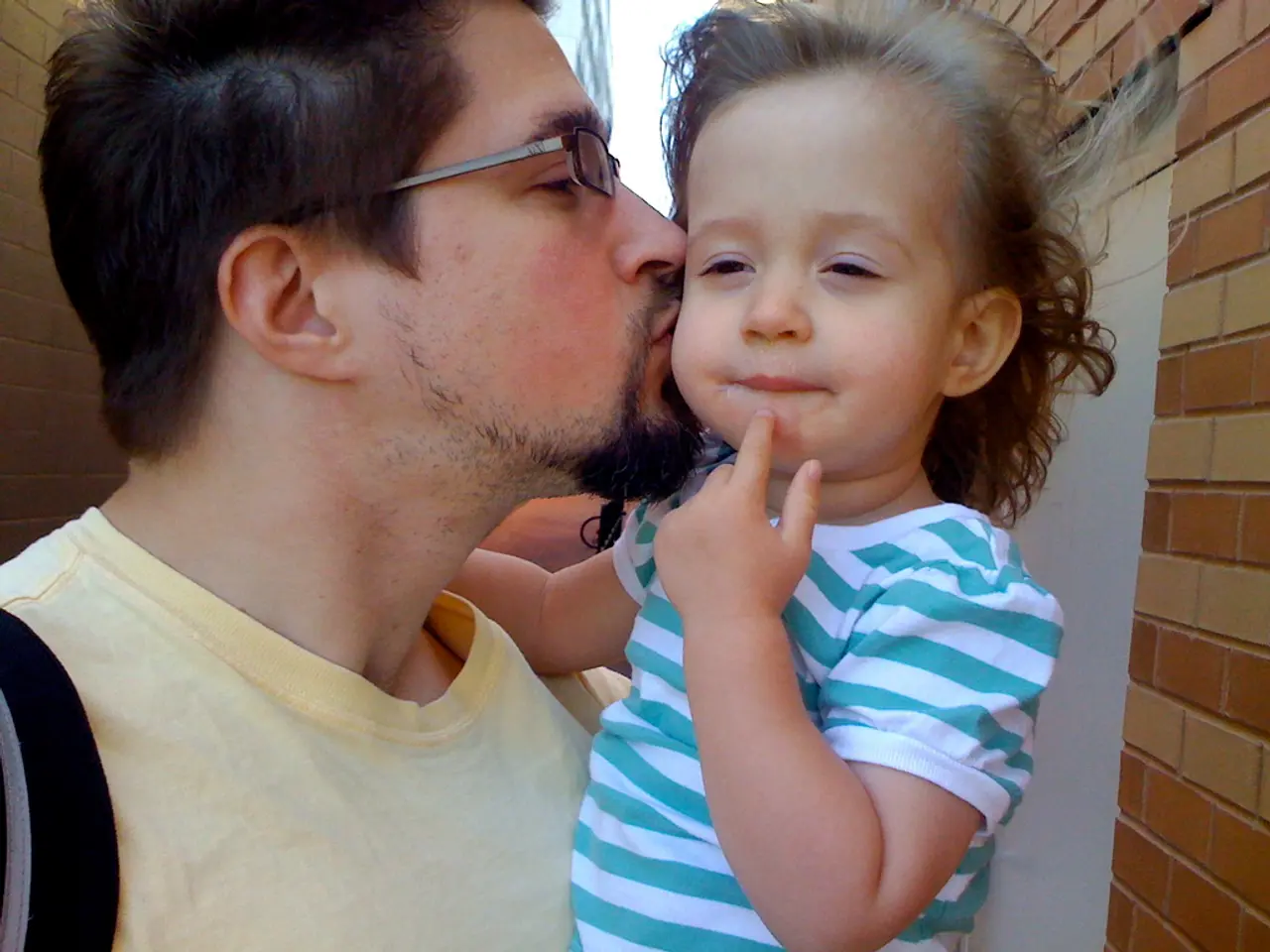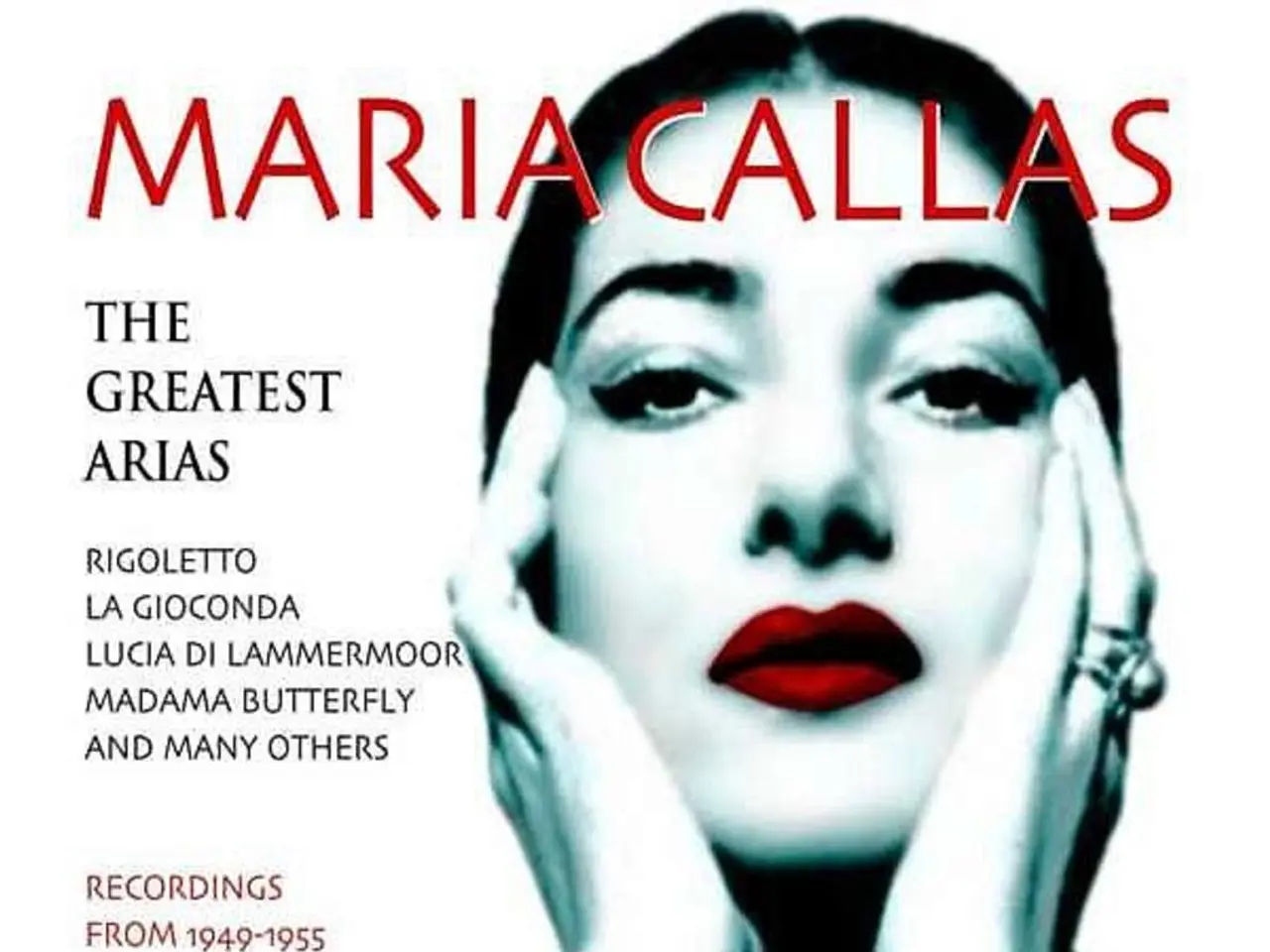Easter publicity spectacle centers around vibrant eggs and rabbits.
Unveiling the Origins of the Easter Bunny and Coloured Eggs
The beloved traditions of the Easter Bunny and coloured eggs have roots that stretch back to ancient fertility and springtime symbols, predating Christianity. The Easter Bunny, a cherished figure today, originates from German folklore, where an egg-laying hare called the "Osterhase" or Easter hare was said to lay coloured eggs for children to find [1][2][3].
The egg, symbolising new life and rebirth, has been associated with pagan spring festivals marking the end of winter and the renewal of nature. Early Christians incorporated eggs into Easter celebrations as a symbol of Jesus’ emergence from the tomb [1].
The Easter Bunny made its way to America in the 1700s, thanks to German immigrants who continued to celebrate the tradition of the hare laying eggs. Over time, this evolved into the modern custom of the Easter Bunny hiding eggs and delivering treats to children [1][2][4]. The rabbit, known for its high fertility, complemented the egg’s symbolism of fertility and new life, reinforcing the connection to spring renewal.
In the Middle Ages, eggs were considered a natural tax and were taken to the church for blessing. To distinguish blessed eggs from ordinary ones, they started to dye them, creating the first coloured Easter eggs [5].
The toy and confectionery industry played a significant role in popularising the Easter Bunny as a symbol of Easter. The Easter Bunny, a symbol of fertility, first appeared in the 17th century [6]. Its popularity grew with the introduction of chocolate versions and plush companions [7].
However, it's essential to note that the Easter Bunny is not a real animal that lays eggs. Chickens, cuckoos, and storks were also associated with Easter eggs in different regions [8].
In recent years, concerns about the shelf life of coloured Easter eggs have arisen, and it's important to know when to avoid handling them [9]. Additionally, there's a debate about the use of palm oil in many chocolate Easter bunny products [10].
Easter remains the most important festival in Christianity, commemorating the resurrection of Jesus Christ. The festival is full of hope, joy, and chocolate, with the Easter Bunny and coloured eggs playing significant roles in the celebrations [11].
References:
[1] History.com Editors. (2014). The Easter Bunny. History.com. Retrieved 22 March 2023, from https://www.history.com/topics/holidays/the-easter-bunny
[2] Kids, J. (2019). The History of Easter. History.com. Retrieved 22 March 2023, from https://www.history.com/news/history-of-easter
[3] National Geographic Society. (2019). Easter: History of the Easter Bunny and Easter Eggs. National Geographic Kids. Retrieved 22 March 2023, from https://www.natgeokids.com/uk/discover/history/easter-history-of-the-easter-bunny-and-easter-eggs/
[4] History.com Editors. (2014). Easter Traditions and Symbols. History.com. Retrieved 22 March 2023, from https://www.history.com/topics/holidays/easter-traditions-and-symbols
[5] History.com Editors. (2014). The Benedictio Ovorum. History.com. Retrieved 22 March 2023, from https://www.history.com/news/the-benedictio-ovorum
[6] History.com Editors. (2014). The Easter Bunny's Origins. History.com. Retrieved 22 March 2023, from https://www.history.com/news/the-easter-bunnys-origins
[7] History.com Editors. (2014). The Evolution of the Easter Bunny. History.com. Retrieved 22 March 2023, from https://www.history.com/news/the-evolution-of-the-easter-bunny
[8] History.com Editors. (2014). Easter Egg Symbolism. History.com. Retrieved 22 March 2023, from https://www.history.com/topics/holidays/easter-egg-symbolism
[9] FoodSafety.gov. (n.d.). Easter Egg Safety. FoodSafety.gov. Retrieved 22 March 2023, from https://www.foodsafety.gov/food-safety-charts/easter-egg-safety
[10] Greenpeace. (2020). Palm Oil Investigations: Easter Bunnies. Greenpeace. Retrieved 22 March 2023, from https://www.greenpeace.org/international/en/campaigns/forests/palm-oil-investigations/easter-bunnies/
[11] History.com Editors. (2014). Easter: History of the Easter Bunny and Easter Eggs. History.com. Retrieved 22 March 2023, from https://www.history.com/news/history-of-easter-bunny-and-easter-eggs
The diverse aspects of the 'lifestyle' during Easter celebrations are witnessed through the indulgence in 'food-and-drink' such as blessed eggs and the popularity of chocolate Easter bunnies. The 'entertainment' element is represented by the traditional pursuits of finding the Easter eggs hidden by the Easter Bunny, a figurative symbol of the seasons of renewal and fertility.






